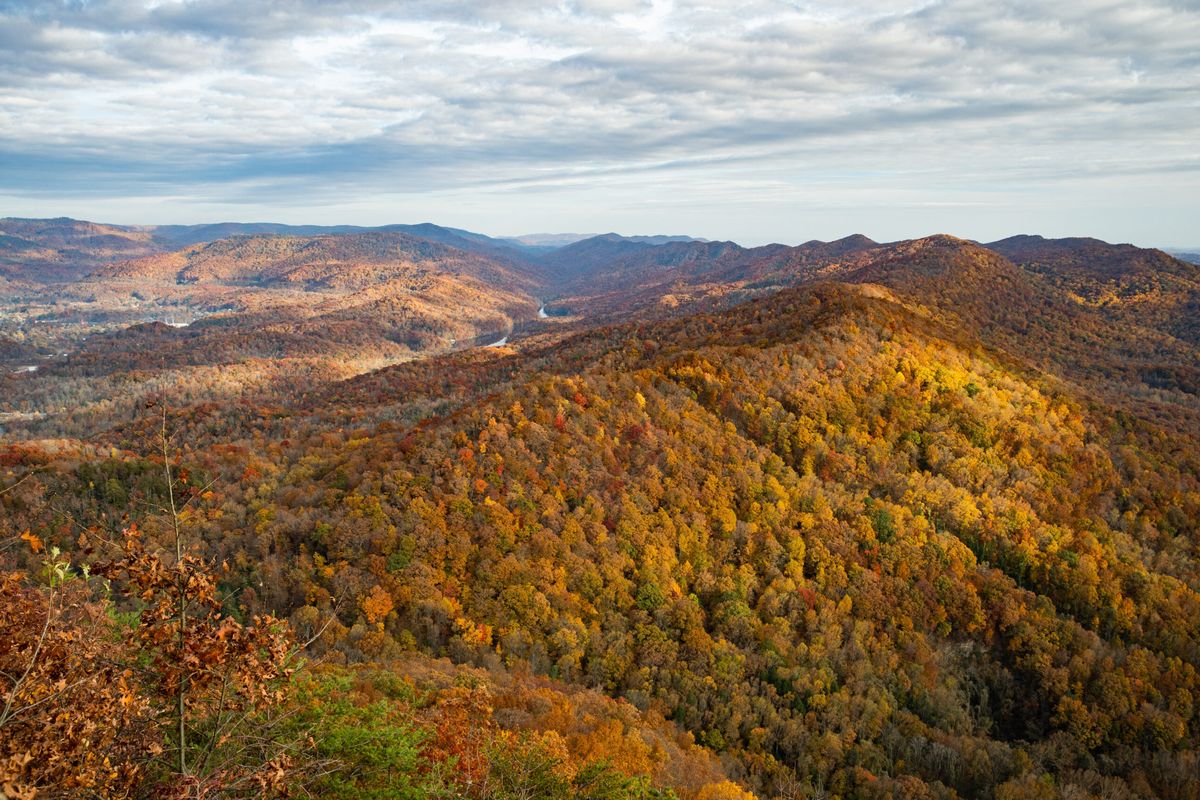Hidden Trading Routes Of Kentucky’s Cumberland Gap

Have you ever wondered about the hidden trading routes of Kentucky's Cumberland Gap? This historic pass, nestled in the Appalachian Mountains, served as a vital gateway for early settlers and traders. Imagine the bustling activity as pioneers, Native Americans, and merchants traversed these paths, exchanging goods and stories. The Cumberland Gap wasn't just a route; it was a lifeline connecting different cultures and economies. Today, you can still walk these trails, feeling the echoes of history beneath your feet. Ready to step back in time and uncover the secrets of this legendary passage? Let's dive into the rich history and significance of the Cumberland Gap.
The Historical Significance of Cumberland Gap
Cumberland Gap, a natural pass through the Appalachian Mountains, has played a pivotal role in American history. This gateway to the west was a crucial route for Native Americans, early settlers, and traders. Let's explore some hidden trading routes that made this area so significant.
Boone Trace
Boone Trace, blazed by Daniel Boone in 1775, was one of the first routes through the Cumberland Gap. This path opened the door for thousands of settlers moving westward.
- Martin's Station: A key stop along Boone Trace, Martin's Station served as a supply point for settlers. It provided essential goods and a place to rest before continuing their journey.
- Wilderness Road: This road, an extension of Boone Trace, became the main artery for westward expansion. Traders and settlers alike used it to transport goods and livestock.
Warrior's Path
Before settlers arrived, Native Americans used the Warrior's Path for trade and travel. This ancient trail connected various tribes and facilitated the exchange of goods.
- Powell Valley: Located along the Warrior's Path, Powell Valley was a bustling trade area for Native Americans. They traded items like furs, pottery, and food.
- Cherokee Trading Posts: These posts were scattered along the path, serving as hubs for trading with European settlers. They exchanged goods such as deerskins, beads, and metal tools.
The Wilderness Road
The Wilderness Road, carved out by Daniel Boone and his men, became a vital route for settlers heading west. It was more than just a path; it was a lifeline for trade and communication.
- Cumberland Ford: This crossing point on the Wilderness Road was essential for traders. It allowed them to transport goods across the Cumberland River safely.
- Crab Orchard: A significant stop along the Wilderness Road, Crab Orchard offered supplies and rest for weary travelers. It became a bustling trade center with inns, blacksmiths, and general stores.
The Salt Trail
Salt was a valuable commodity in the 18th and 19th centuries, and the Salt Trail through Cumberland Gap was a crucial route for transporting this essential mineral.
- Saltville: Known for its salt deposits, Saltville was a major source of salt for settlers. Traders transported salt along the Salt Trail to various settlements.
- Moccasin Gap: This narrow pass was a key point on the Salt Trail. Traders navigated through Moccasin Gap to reach markets and settlements further west.
The Iron Furnace Route
Iron production was vital for early American industry, and the Iron Furnace Route through Cumberland Gap facilitated the transport of iron ore and finished products.
- Cumberland Iron Works: Located near the gap, this ironworks produced tools, weapons, and other goods. The Iron Furnace Route allowed for the efficient transport of these products.
- Furnace Gap: A critical point on the Iron Furnace Route, Furnace Gap enabled traders to move iron ore from mines to production facilities.
The Coal Route
In the 19th century, coal became a significant resource, and the Coal Route through Cumberland Gap was essential for transporting this valuable commodity.
- Harlan County: Rich in coal deposits, Harlan County was a major source of coal. The Coal Route allowed for the efficient transport of coal to markets and industries.
- Pine Mountain: This mountain pass was a crucial part of the Coal Route. Traders navigated through Pine Mountain to reach coal mines and transport the resource to various destinations.
The Legacy of Cumberland Gap's Trading Routes
Cumberland Gap's hidden trading routes tell a story of resilience, adventure, and connection. These paths were more than just trails; they were lifelines for early settlers and Native American tribes. Exploring these routes today offers a glimpse into the past, showcasing the ingenuity and determination of those who traversed them. Whether you're a history buff, nature lover, or just curious, the Gap provides a unique experience that bridges the past with the present. So next time you find yourself in Kentucky, take a moment to walk these historic paths. You'll not only enjoy stunning landscapes but also step into a rich tapestry of history that shaped the region. The legacy of these trading routes continues to inspire and educate, reminding us of the enduring spirit of exploration and trade.

